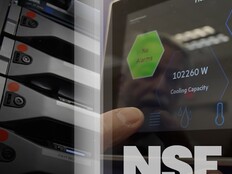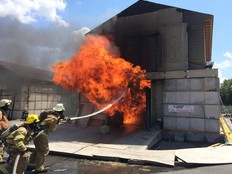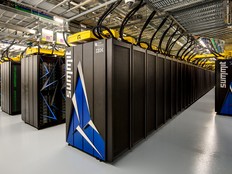Artificial Intelligence
NSF Plays Matchmaker With Researchers and AI
Editor's Note: Be sure to watch the first video in our two-part series on the National Artificial Intelligence Research Resource before viewing this one.
Part two explores how researchers such as Kimberly Elenberg, principal scientist at the Carnegie Mellon University Robotics Institute's Auton Lab, access and use evolving NAIRR resources. Elenberg's team plans to leverage the Pittsburgh Supercomputing Center's computing power to run AI models at the edge to triage patients in mass-casualty incidents.
Click the banner below to read the 2025 CDW AI Research Report.
Participants
Katie Antypas, Director, Office of Advanced Cyberinfrastructure, National Science Foundation
Kimberly Elenberg, Principal Scientist, Auton Lab, Carnegie Mellon University Robotics Institute
Ed Hanna, Director of Advanced Systems and Operations, Pittsburgh Supercomputing Center
Sergiu Sanielevici, Director of Support, Scientific Applications, Pittsburgh Supercomputing Center
Video Highlights
- The NAIRR supports more than 200 research teams across 40 states with an emphasis on regions that don't normally receive access to AI resources.
- Researchers applying for NAIRR resources hail from fields such as geology, biology, chemistry, materials science, and computer science and engineering.
- Carnegie Mellon's Auton Lab uses robots and drones outfitted with a payload for collecting physiological data and plans to have them use AI models to identify injuries and lifesaving interventions.
- Researchers the NAIRR pairs with the PSC are often given access to the NVIDIA or Microsoft cloud and access to the center's high-performance computing, which is regularly upgraded with the latest NVIDIA GPUs.







